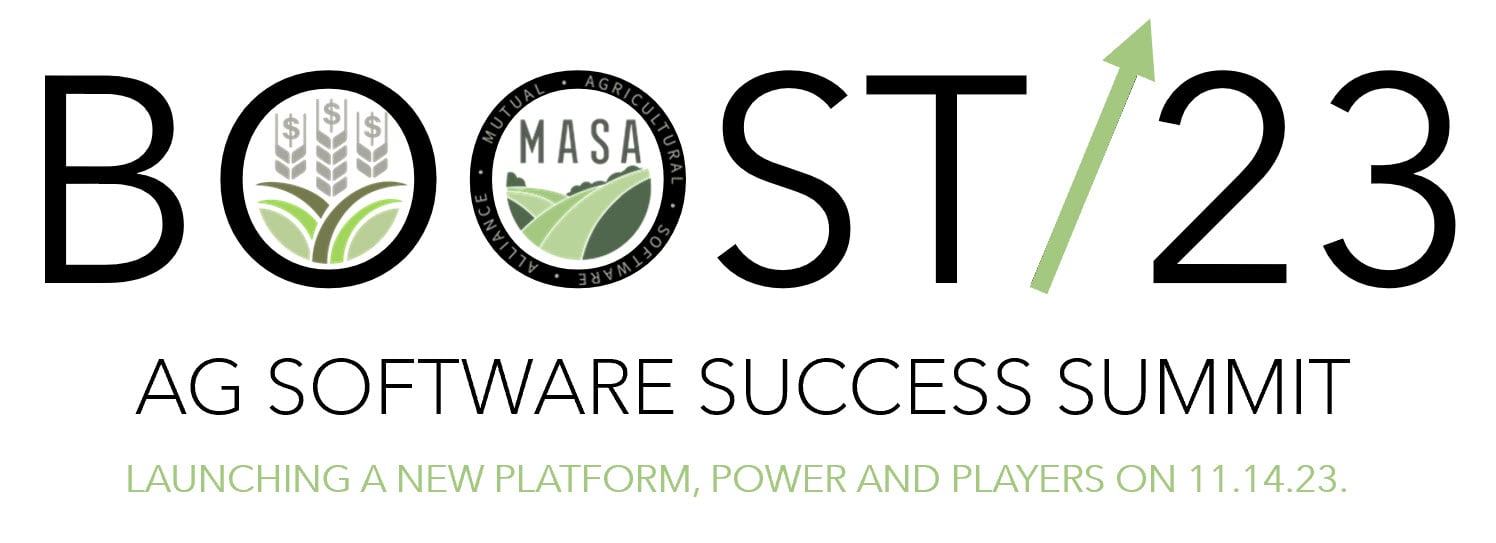Looking to improve the success of your farm business? Farm data reports might be the key to unlocking your potential. Think of these data insights like the report cards you used to receive in school. Looking at performance metrics on a regular basis can keep you in line with your goals, whether that be productivity or profitability, and help you identify which areas could use a little extra work.
While which metrics to track and how to track them may vary from farm to farm, understanding the significance of accurate farm data reports and how you can begin implementing or improving your reporting practices is a great place to start.
Why is Farm Data Management Important?
Without accurate records of your farm, how are you going to be able to make the right decisions as your operation grows? Accurate farm data management not only helps you stay organized but also provides valuable insights into all of the details of your farm operations. This includes recurring expenses, prepaid supplies, equipment needs, and employee information, among other focus areas.
Further, regular farm data reports go beyond just satisfying requirements by the Internal Revenue Service (IRS). Successful farmers use farm data to generate benchmarks and pinpoint the most profitable areas of operations as well as identify alternatives for processes that are not meeting expectations.
Additionally, farm data management processes help to establish consistency across reporting methods. This way, farmers will repeatedly use the same methods for reporting and have information that can be comparable across reporting periods. Analyzing this data will identify trends in the business and help farm operators make informed decisions regarding their business. In fact, consistent reporting is one of the intentions outlined in the guidelines established by the Farm Financial Standards Council (FFSC).
5 Farm Data Reports You Need
There are many reports you can generate to get a clear picture of your performance year after year. However, depending on your needs, you might find that some farm data reports bring more value than others. Here are some farm data reports that will be effective for farm management and operation decisions, as well as some reports that will need to be filed with the Farm Financial Standards Council.
Financial Reports
How much are you spending? What is the current net worth of your farm? What are the values of assets you have now in comparison to the previous period? Financial data provides valuable insight into the performance of any farm. These data reports for farm financial management can help you see where your business currently stands in comparison to past accounting periods and help you establish goals based on previous performance data.
With this data in hand, farmers should be set up for success when it comes to informed decision making. The latest innovations in farm tech and management software make generating these reports very simple. Farmers can easily reflect on the financial performance of their business from the previous reporting period and determine where it makes sense to make alterations regarding revenue and spending needs.
The FFSC guidelines help farmers determine exactly what needs to be regularly reported and where farm operations may stray from standard accounting methods. These guidelines outline which financial statements need to be reported, including balance sheets, income statements, cash flow reports, and statements of owner equity.
Production Records
Due to the nature of crop and livestock production, farms don’t typically operate within a standard calendar year. Effective recordkeeping of production is vital for proper organization and analysis of current productivity and performance.
These reports of physical production can include significant data which is often difficult to manually track and calculate. For example, detailed reports of livestock production can provide insight into pregnancy rates, calving rates, weight information, and more. In terms of crop production, farmers may be interested in planting and harvesting dates, yields, and pesticide usage. With these reports, farmers can effectively manage their breeding and production practices, make comparisons regarding fertilizer usage, and more, all with the help of accurate farm data.

Inventory
Similar to production records, inventory data provides a snapshot of growing crops, current livestock numbers, and available inputs. Accurate, timely knowledge of inventory status is critical for making marketing and purchasing decisions. Additionally, maintaining precise costs of marketable inventories and purchased inputs is a basic requirement for margin control and accurate billing to partners and landlords.
When it comes to farming, the FFSC has separated inventory into four different categories. Effective inventory management and reporting will ensure that all of your inventory is accurately organized according to the appropriate cost-basis and market-basis balance sheets. This will set you up for success when conducting your financial reporting and gathering the necessary inventory data.
Labor Insights
Employee recordkeeping involves much more than calculating tax liabilities and signing paychecks. Those employees are essential to help run all operations, from harvesting crops, to completing sales transactions, to meeting with customers. When it comes to keeping track of everyone’s role on a farm, records of employee information, contracts, wages, and hours are vital to keep productivity high.
Additionally, reports regarding employee information will help keep your farm in line with labor laws and manage employee benefits. On top of that, monitoring performance through employee reporting will help identify any area of improvement to focus on in order to keep your farm running at peak efficiency. With a thorough understanding of your team and capacity limits, you can better delegate tasks and allocate costs to manage and measure each employee’s contribution to farm operations.
Vendor Information
It’s common for farms to have accumulated a lengthy list of suppliers, customers, and business partners. To stay on top of these vendors, it’s helpful to keep all of their information stored in one place. Records regarding contact information, communication processes, and the role of each vendor can help you manage partnerships and maintain strong relationships with the people you work with to ensure your farm is running smoothly at all times.
How to Gather the Right Data
To accurately analyze farm productivity, you first need accurate data. Previous farm management methods relied on manual data entry in addition to several spreadsheets being tossed in the mix. This, unfortunately, allowed for too much room for error and farmers could not rely on their spreadsheets for accurate farm information.
Now, with integrated farm management software playing a key role in farm data, farmers have access to a slew of reports from an up-to-date database right at their fingertips. Plus, farm data management tools simplify the reporting process, so farmers won’t need to track multiple spreadsheets and complex reports.
Farm data tools that are designed specifically for large farm operations will pull all of the data you need into a single easy-to-use platform. FBS Systems has developed user-friendly reporting tools that compile the information you need, right when you need it. With innovative technology at the ready, you can customize reports to show the information that is most valuable to you. Plus, thanks to cloud capabilities, you and your team can access farm data across multiple screens.
The ERP management tools from FBS were designed to streamline your farm management processes and give you immediate access to detailed data reports. To learn more about our ag software solutions, get in touch with our team today!
















